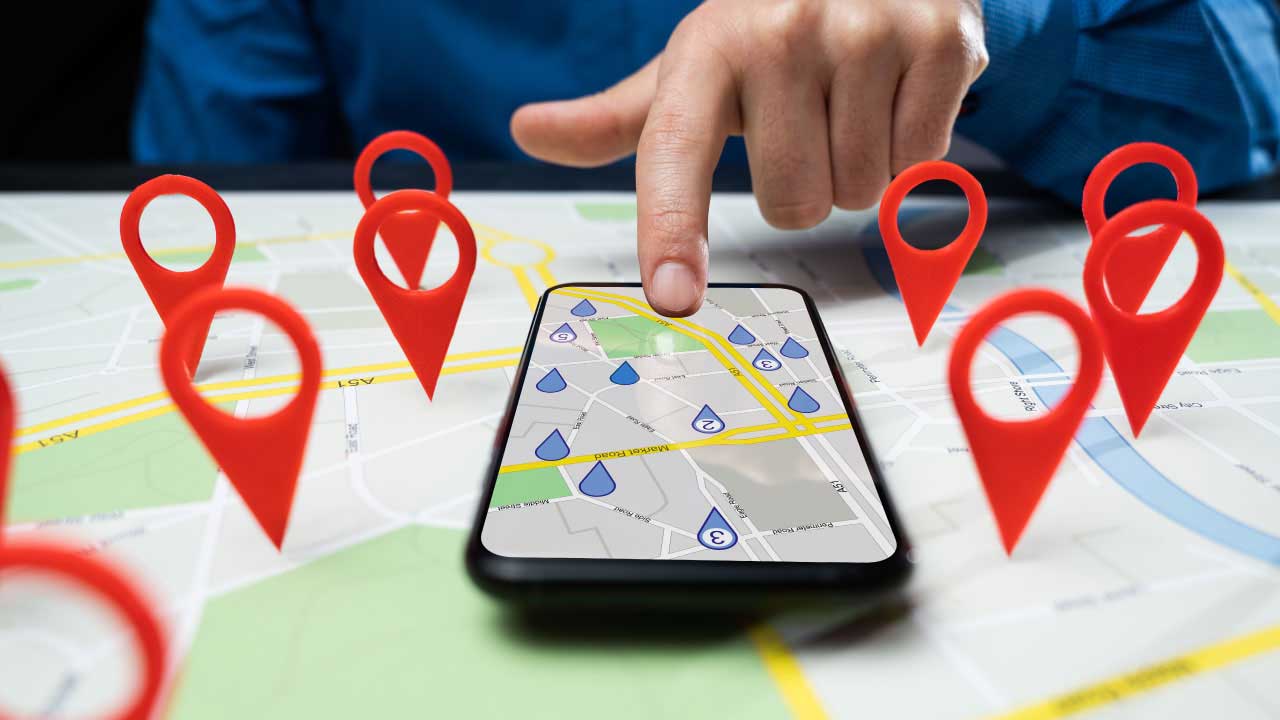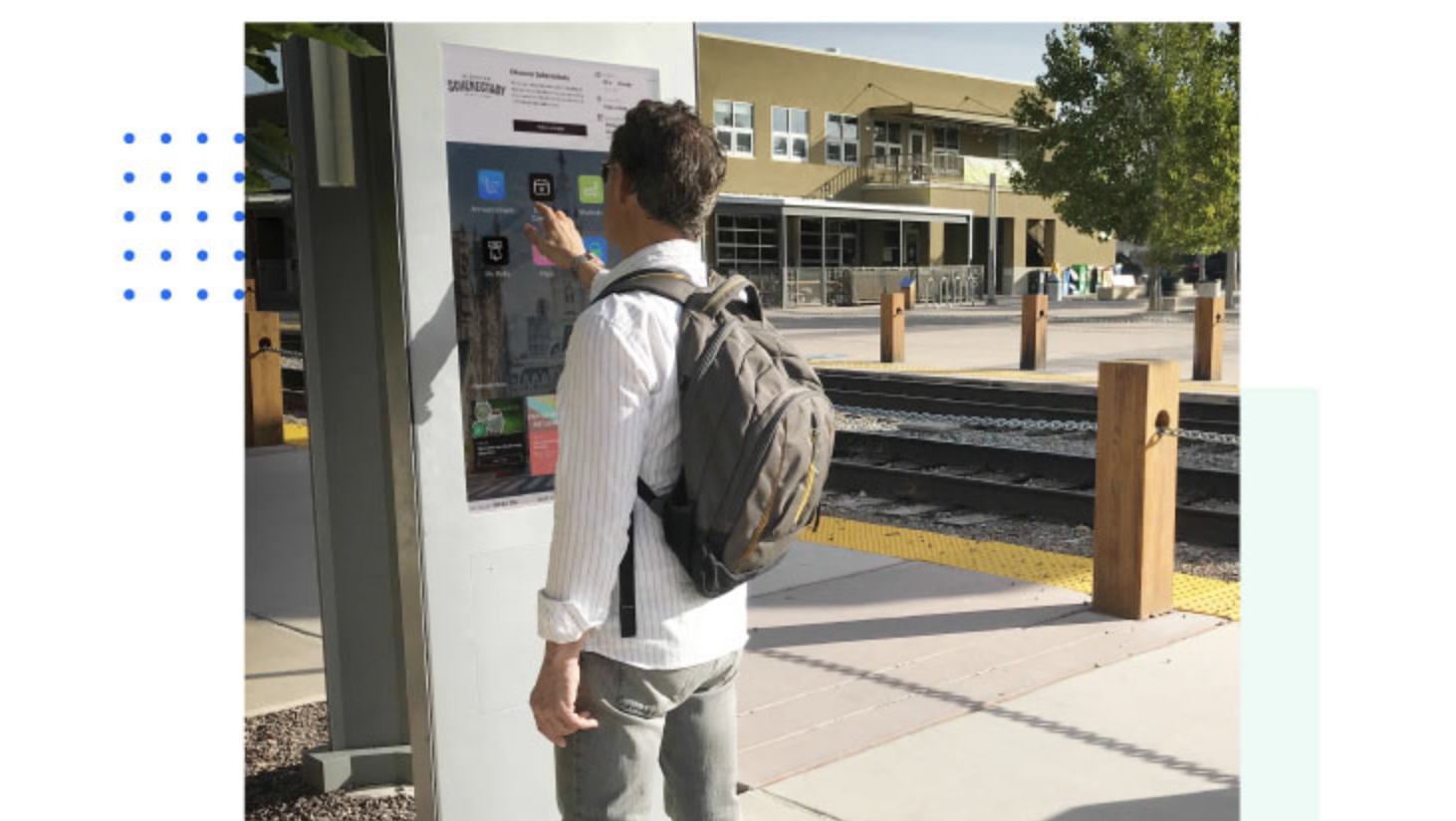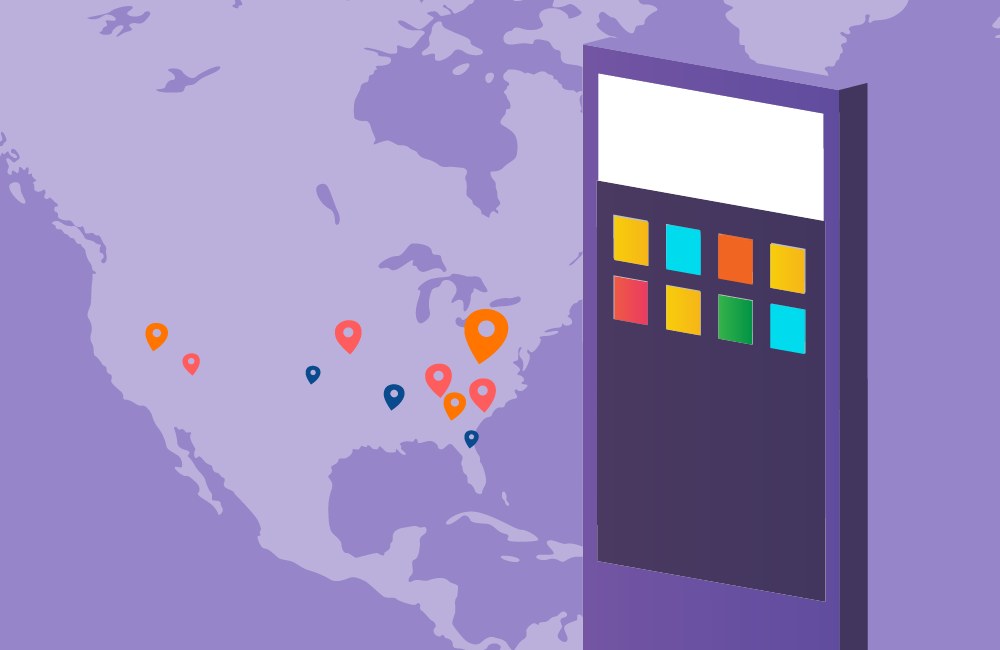As the world continues to navigate the ongoing pandemic, businesses and organizations are looking for innovative ways to keep their visitors and guests safe. One solution that has emerged is outdoor digital wayfinding signage. In this post, we will explore the benefits, key features, and best practices for implementing this technology to enhance visitor safety and experience. Outdoor digital wayfinding signage involves the use of digital displays to provide navigational assistance to visitors in outdoor areas. These displays can be customized to show real-time updates, interactive maps, and other helpful information to guide visitors to their destination.In today’s fast-paced world, visitors expect easy access to navigational assistance. By providing digital wayfinding signage, businesses, and organizations can create a safer and more efficient environment for visitors.
Benefits of Outdoor Digital Wayfinding Signage
Outdoor digital wayfinding signage can provide a variety of benefits for businesses and organizations, including enhanced visitor safety, improved efficiency, and an overall better user experience.
- Enhanced Visitor Experience: Digital displays allow visitors to easily navigate through complex outdoor areas, enhancing their overall experience.
- Reduced Visitor Confusion: Clear and concise messaging on digital displays reduces visitor confusion and frustration.
- Increased Safety for Visitors: By guiding visitors to their destination quickly and efficiently, digital wayfinding signage reduces the risk of accidents and injuries.
- Improved Accessibility: Customizable options such as larger fonts, alternative languages, and audio guidance make digital displays accessible to all visitors.
By utilizing digital wayfinding signage, businesses and organizations can create a safer and more efficient environment for visitors.

Key Features of Outdoor Digital Wayfinding Signage
There are a variety of features that can be included in outdoor digital wayfinding signage to enhance visitor safety and experience. These include interactive maps and real-time updates, custom messages, audio guidance, alternative language options, and larger fonts for accessibility.
- Customization Options: Digital displays can be customized to match the branding and aesthetics of the business or organization. Some examples include:
- Retail store: A retail store can customize their digital displays to showcase promotional offers, seasonal sales, and new product arrivals in a visually appealing way that aligns with the store’s branding. They can also use their brand colors, logo, and typography to create a cohesive visual experience for shoppers, making the content more memorable and engaging.
- Restaurant or café: A restaurant or café can use digital displays to present their menu items with high-quality images, enticing descriptions, and dynamic pricing updates. By customizing the display with the establishment’s unique color scheme, font style, and overall design aesthetic, they can create an immersive atmosphere that complements the dining experience.
- Corporate office: A corporate office can utilize digital displays in their lobby or reception area to share company news, achievements, and employee spotlights in a visually engaging manner. By incorporating the company’s logo, brand colors, and visual elements, the display can reinforce the organization’s identity and create a sense of unity among employees and visitors alike.
- Real-Time Updates: Digital displays can be updated in real-time to reflect changes in the environment or schedule.
- Interactive Capabilities: Touchscreen displays allow visitors to interact with the map and get more detailed information about their destination.
- Mobile Integration: Digital displays can be integrated with mobile devices to provide visitors with a seamless experience.

Best Practices for Implementing Outdoor Digital Wayfinding Signage
When deciding to implement digital wayfinding signage, businesses, and organizations should follow these best practices:
- Understanding Visitor Needs: Conducting research to understand visitor needs and preferences is essential for effective implementation.
- Identifying High-Traffic Areas: Placing digital displays in high-traffic areas ensures maximum visibility and impact. Some examples include:
- Shopping malls and retail centers: Busy shopping hubs attract a large number of visitors daily, making them ideal locations for digital displays to capture the attention of potential customers.
- Public transit stations: Train stations, bus stops, and subway platforms are frequented by numerous commuters throughout the day, providing ample opportunities for digital displays to reach a diverse audience.
- Airport terminals: Airports see a constant flow of travelers from all over the world, making them an excellent location for digital displays that can engage passengers during layovers or while waiting for their flights.
- College and university campuses: With thousands of students, faculty, and staff members passing through daily, college campuses offer a high-traffic setting for digital displays, particularly near popular spots like student centers, libraries, and dining halls.
- Sports stadiums and entertainment venues: Large crowds gather at sports arenas, concert halls, and theaters for various events, ensuring a significant audience for digital displays placed in concourses, entrances, and other common areas.
- Strategic Placement: Digital displays should be placed at strategic locations to guide visitors in the right direction.
- Clear and Concise Messaging: Messaging on digital displays should be clear and concise to reduce confusion.
By following these best practices, businesses and organizations can maximize the impact of their digital wayfinding signage and enhance visitor safety and experience.

Future of Outdoor Digital Wayfinding Signage
The future trends for digital wayfinding signage include the use of AI-powered systems, interactive voice command technology, and increased mobility.
- New Technologies and Innovations: Emerging technologies such as augmented reality and artificial intelligence are expected to revolutionize outdoor wayfinding signage.
- Emerging Trends in Digital Signage: Trends such as sustainability and user-generated content are gaining popularity in the world of digital wayfinding signage.
- Potential Future Applications: Digital displays can be used for emergency communication, real-time weather updates, and more.
- Emergency communication: In public spaces like shopping malls or transportation hubs, digital displays can quickly switch to display emergency alerts, evacuation routes, and safety instructions during critical situations such as natural disasters, fires, or security threats, ensuring timely and accurate information dissemination to the public.
- Real-time weather updates: Digital displays installed in outdoor locations or near building entrances can provide up-to-date weather information, including temperature, precipitation, and severe weather warnings. This can help people plan their day accordingly, whether they need to grab an umbrella, wear a jacket, or take precautions for extreme weather conditions.
- Traffic and transportation updates: Digital displays placed near major intersections, highways, or public transit stations can provide real-time traffic updates, road closures, and public transportation schedules. Commuters can use this information to make informed decisions about their travel routes and adjust their plans as needed, ultimately helping to reduce congestion and improve overall traffic flow.
By keeping up with the latest trends and technologies, businesses and organizations can continue to utilize digital wayfinding signage to enhance visitor safety and experience.

Conclusion
Outdoor digital wayfinding signage is a powerful tool for businesses and organizations looking to enhance visitor safety and experience. By understanding the benefits, key features, and best practices for implementation, businesses can create a safer and more efficient environment for visitors. We encourage all businesses to consider implementing digital wayfinding signage to enhance the visitor experience and keep guests safe.




